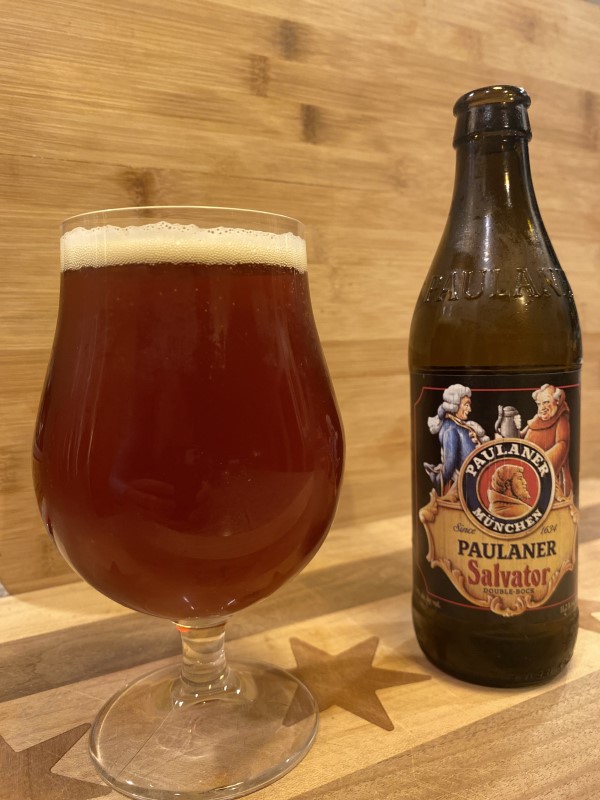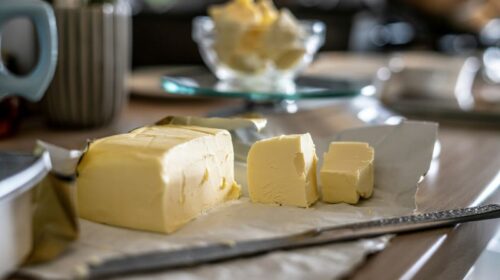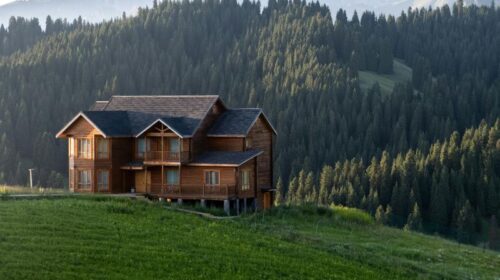Winter Warmers: Origins of Bock Beer
By Mike De Smidt and Greg Roe
Once upon a time in a wintery wonderland in northern Germany, in a bustling town called Einbeck, a beer was born. Commonly thought of as a Bavarian beer, the name of bock beer is believed to derive from an abbreviation of Einbeck, pronounced “Einbock” in the Bavarian dialect, to “bock,” noting its place of origin. The word “bock” also happens to mean billy goat in German, which one finds as the mascot for many bock beers.
Once this family of beer styles found its new home in Bavaria, it quickly became a staple of the monastic orders, who fine-tuned their recipes with a decided focus on the strength and malt character. This beer was the monks’ main source of nutrition during periods of fasting. The rulers of the region eventually permitted the monasteries to sell their beer to the general public, which in turn began calling the monastic beer “doppelbock” or “double bock.” To be clear, the beer was not double of anything but was more robust than the prevailing beer of the day, the dunkel lager. Monks of the order founded by Francis of Paola are attributed with creating the style as we know it today. Their successor, the Paulaner brewery in Munich, named their beer Salvator in honor of its monastic origins. In fact, the suffix “-ator” is one easy way for consumers and brewers alike to identify a doppelbock, and is now a common practice.
During Napoleon’s heyday in the early 1800s, monasteries in his empire were abolished and their assets handed over to the state. Private enterprise stepped into the shoes of the monastic brewers and bock beer began to evolve. Fueling this evolution was the invention of the process for kilning barley malt to a very light color in the mid-19th century by British maltsters, giving rise to pale beers such as pilsner on the continent and pale ales in England. This new pale malt made its way to Bavaria, and in turn gave rise to now ubiquitous styles such as Helles, Festbier, and Helles/Maibock. Bock beers are now considered seasonal celebration beers and you will often see maibocks released in late spring and doppelbocks around wintertime.
Legend has it that a brewer of doppelbock tasked a young apprentice with wheeling barrels of finished beer to storage. The lad left a barrel outside during a cold spell, where it remained through the night. Upon discovering this apparent travesty the next morning, and since alcohol has a lower freezing point than water, the brewer was delighted to find in the midst of frozen beer a liquid with all of the characteristics of their doppelbock, but concentrated. This became known as eisbock or “ice bock.” This process, called freeze distillation, has been employed to create some of the most potent beers ever made, some upwards of 67.5% ABV (higher than most spirits).
As to our friend the doppelbock, a style near and dear to the authors’ hearts, the style is characterized by bold malt flavor, low bitterness, and higher alcohol for a lager usually in the range of 7-9 percent by volume. Its color should be in the copper to dark brown range, with the darker beers typically exhibiting a beautiful ruby red hue. Despite their bolder character, doppelbocks should still be an easy drinking beer and not overly sweet. If we harken back to the monastic origins, one should think, “liquid bread.” It is typically brewed using a combination of pilsner and munich malt with the addition of darker-kilned malts and perhaps a small amount of dehusked roast malt to add color. Hops should be from the German noble hop group, with just enough bitterness to balance, and little to no hop aroma. The yeast should be plentiful, very healthy, and an appropriate lager strain to showcase the malt character of this style, fermented cool and slowly to avoid stressing the yeast and creating off flavors.
So this winter season, consider trying a delicious doppelbock. Some examples you can find locally are Paulaner Salvator, Spaten Optimator, Ayinger Celebrator (Mike’s favorite), Weihenstephan Korbinian, Birra Moretti La Rossa (Italy), and Einstock Doppelbock (Iceland). Cheers!
Ben Lomond local, Mike De Smidt has been home brewing for 12 years and is a BJCP Certified Beer Judge.
Greg Roe is a Felton local who has been a home brewer for 20 years and is a self-proclaimed Fermentation Geek.
Featured photo of the locally available Paulaner Salvator by Mike De Smidt




